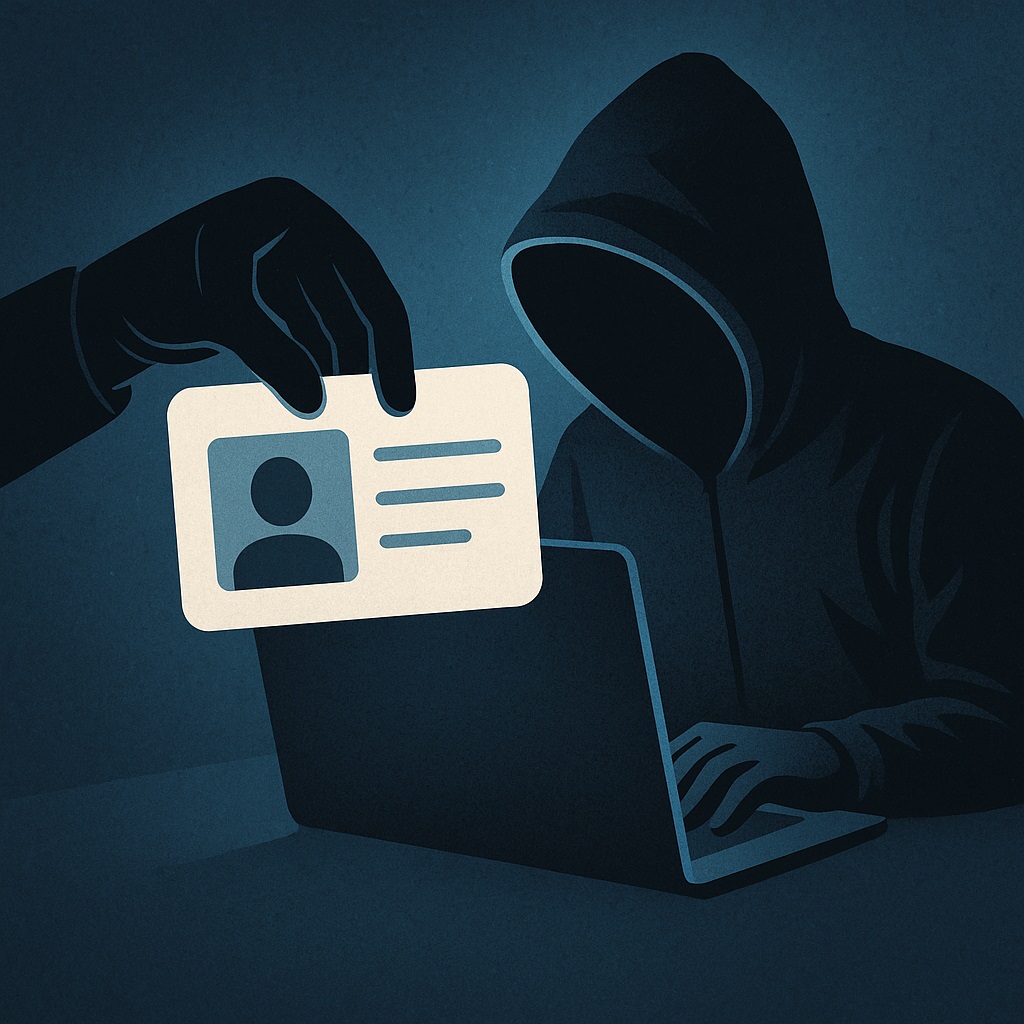Securing your identity is no longer optional but a necessity for existence in the digital age

In today’s India, our identity is not just a card or a number but the key to our digital existence. From accessing welfare schemes to conducting financial transactions and proving legal status, identity plays a central role in every citizen’s daily life. As India embraces a robust digital transformation, the need to safeguard personal identity has never been more urgent. Unfortunately, the very systems meant to bring efficiency and transparency are now being exploited by cybercriminals, often leaving ordinary citizens exposed, confused and vulnerable.
Digital Shift in Public Services
Over the past decade, India has digitised the delivery of essential public services. Welfare schemes such as the Public Distribution System (PDS), MNREGA, PM-KISAN, Ujjwala Yojana, Ayushman Bharat, EPFO and various scholarships now rely heavily on Aadhaar-linked verification, biometric authentication and OTPs to ensure accurate and direct benefit transfers. Services like passport applications, voter ID linking, income tax filing, PAN issuance and SIM card registration also depend on Aadhaar. While these integrations have streamlined governance, they have also made individual identities a single point of failure.
Understanding Identity Theft & Its Consequences
Identity theft typically begins with the compromise of Personally Identifiable Information (PII) such as Aadhaar numbers, mobile numbers or ID copies. This data can be obtained through discarded documents, phishing attacks or leaked databases. Once criminals gain access, they impersonate individuals to open bank accounts, obtain loans or even commit crimes. Victims may be wrongfully accused, denied government services or harassed by recovery agents.
SIM Swap & Telecom-Related Frauds
One common method used by fraudsters is SIM swap fraud. Using forged documents and personal details, attackers trick telecom providers into issuing a duplicate SIM card. This allows them to intercept OTPs and reset access to email, bank and social media accounts. The Department of Telecommunications (DoT) launched the Sanchar Saathi platform, which lets users check how many SIM cards are registered under their name and report unauthorised numbers.
Aadhaar & PAN Misuse
Fraudsters frequently misuse Aadhaar and PAN details to open fraudulent bank accounts, take out instant loans or apply for services using stolen identities. Many people discover they have become loan defaulters for debts they never incurred. To avoid this, citizens should avoid sharing full ID copies, use masked Aadhaar and monitor Aadhaar authentication history via the UIDAI website.
Banking Frauds & Financial Identity Theft
To detect if a bank account has been compromised, individuals should regularly monitor transaction history, SMS/email alerts and UPI activity. Red flags include unfamiliar withdrawals, failed auto-debits or changes in registered contact details.
Ration Card & Welfare Scheme Exploitation
Identity theft is not limited to financial fraud. Criminals also exploit ration cards and Aadhaar-linked welfare schemes, siphoning off subsidies meant for genuine beneficiaries. To protect against this, citizens should check their ration card usage via their state’s PDS portal, monitor Aadhaar authentication history and ensure their mobile number is linked to receive alerts. Any suspicious collection of rations from another location must be reported to the local PDS office or on the UIDAI grievance portal.
Social Media Hijacking
Hackers often target social media accounts using credentials obtained from data breaches or phishing. Once hijacked, these accounts can be used to impersonate users, spread fake information or scam friends and family. To protect social accounts, one must enable two-factor authentication (2FA), use strong and unique passwords and regularly check login locations and connected devices. Avoid clicking on suspicious links or attachments sent via email or messaging apps.
Individual Responsibility
While government initiatives are crucial, the first and most important defence against identity theft is the individual citizen. Simple actions can make a big difference: avoid sharing full copies of Aadhaar and PAN, use masked versions, secure SIM cards with PINs, enable 2FA and stay alert to suspicious activity. Monitor Aadhaar usage, SIM connections (via Sanchar Saathi) and bank accounts regularly. Dispose of personal documents securely and educate family members.
Govt Measures to Prevent Identity Theft
The Indian government has introduced safeguards. UIDAI now offers masked Aadhaar, Virtual ID (VID) and biometric locking. The Sanchar Saathi platform allows citizens to detect SIM misuse and block stolen phones. Strict KYC regulations are enforced across telecom and banking sectors. The Digital Personal Data Protection Act, 2023 provides a legal framework for data protection, and citizens can report cyber fraud through the Cybercrime portal or helpline 1930.
Identity is the New Currency
In an increasingly digital society, identity is not just about access but also about trust, rights and security. With Aadhaar, mobile numbers, bank accounts and social media all tied to one’s identity, the impact of a breach can affect a person’s dignity, freedom and access to essential services. Securing your identity is now a necessity for existence in the digital age.